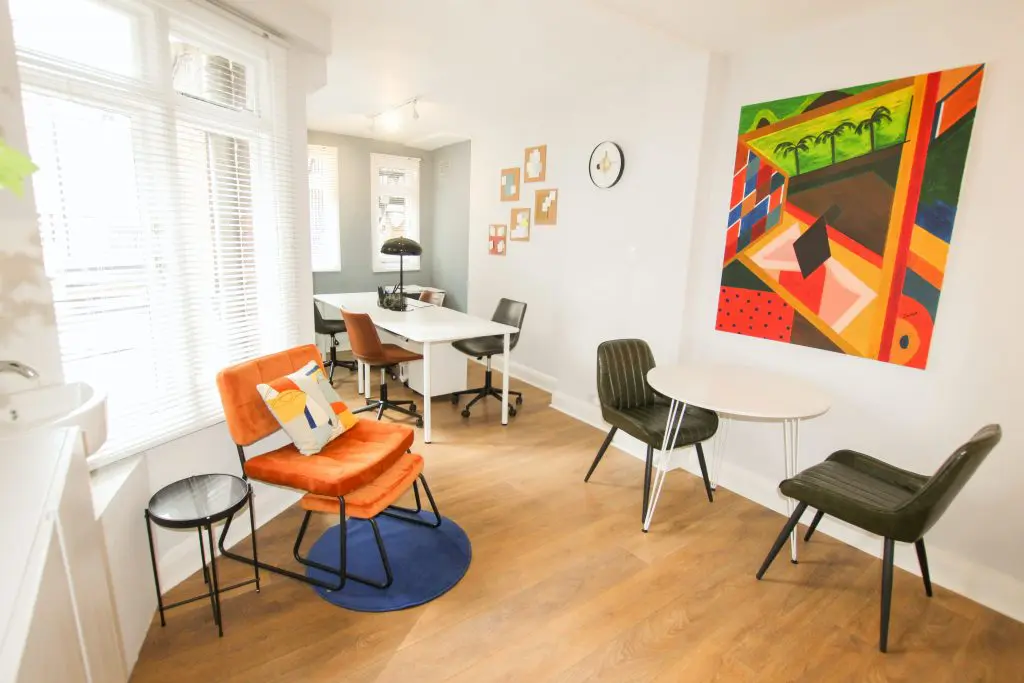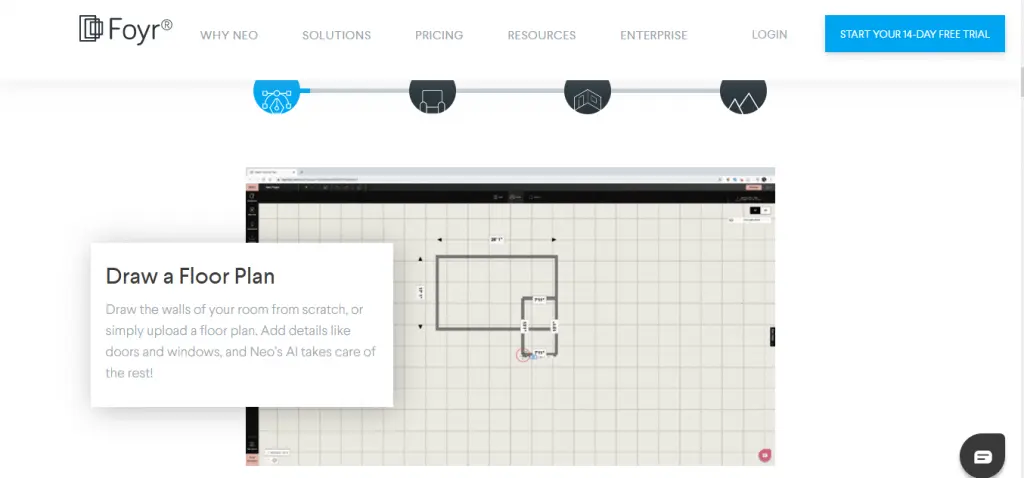The COVID pandemic has made room for the uprising of remote working. Innovation and technology have made it possible for even the most hands-on type of jobs to somehow be achievable from the comfort of the home.
Because of this change, many businesses are starting to adapt to the new way to work just so that they can still have a source of income while the world battles the pandemic. But what happens when your work does require you to work in a particular space or travel over to access a space?
This may seem like an uphill task for interior designers because your type of work needs your physical presence for flawless delivery, or so it seems. We have researched and considered many options that have helped us discover a few tips that can help.
These ideas will help cushion the blows of the pandemic and its effect on interior designers to help you work from home more efficiently so that you don’t lose work. We will also show you how to effectively be an interior designer in a world where personal space is the new norm.
How to be an interior designer
Interior designers usually have one very distinct trait; they have a knack for designing spaces. Do you find rearranging furniture, redesigning spaces pleasurable? You may have a promising career in Interior design.
Let’s check out a few pointers you can begin with to show you how to start an interior design business.
1. Have a natural passion and flair for interior design
Many interior designers did not simply find themselves in that field; they often started out having a flair or passion for things that were related to interior design. Not to be confused with interior decoration, interior design is more in-depth and requires a professional certification.
This is where many people cop-out of interior design. However, if you have a knack and passion for this career, you would go the length to make sure you are qualified to run an interior design business.
2. Get officially certified
Like earlier mentioned, you need a professional certificate to become an interior designer. Designers who are serious about this career get the necessary certification to thrive in the industry. It also helps clients trust that you know what you are doing.
3. Find a mentor and start networking
In this field, the best way to attract clients is to attach yourself to a mentor and start forming meaningful connections with fellow professionals. It also helps you keep up to date with the latest news and trends in the field.
4. Build a strong portfolio
It doesn’t matter how vast you are in the field; if your clients cannot see evidence of work you have done previously, it will be hard to sway them to your business. Build an excellent and robust portfolio that has your best work on display.
As a new designer, you can offer to design some spaces for free. This way, you can show off your talent and start to build a portfolio that is convincing and professional.
5. Learn about virtual room design
With the world taking a virtual turn that shuts people in their homes, it is necessary to learn how to efficiently design rooms virtually without ever visiting the location. It not only gives you an edge over competitors, but it also makes your work easier.
5 tips to help you work from home as an Interior Designer
Virtual interior design can be tricky because you may not be able to visualize what the room will look like when you are done. Again, not many clients may find it convenient to work with an interior designer that is not physically present.
How do you resolve all these issues as you plan and learn to work virtually?
1. Get familiar with your remote target client
As an interior designer, there are many different services you offer to clients. You must identify which of these services is most beneficial to your remote client.
Usually, remote services as an interior designer are more useful for clients who already have some knowledge about design and are just looking to add a professional touch. They are usually DIYers who would like to control the redesign project but still need your influence as a professional designer.
Another set of people who need your remote services as an interior designer are those who are on a budget. They’re not looking to spend too much, so a price reduction would sound appealing to them since you’re not physically visiting the room.
These types of clients want a lesser cost but a well-designed space. They’re willing to pay for advice and consultation but would love to skip the travel fees. They are also similar to clients who do not live in the same physical location as you do.
They may live in faraway countries but still need your expert advice and involvement in their redesign process. The difference between this type of client and the budget-watchers is that they may not necessarily be on a tight budget but may prefer that you do not travel down due to certain restrictions.
Your marketing strategy for each of these sets of clients will vary, plus there are many more clients that will find remote working appealing. Identify these clients and develop a strategy that can effectively reach each of them.
2. Create a practical, workable plan
After you have identified your target audience, the next thing to do is carve out your action plan.
- How do you intend to carry out your services remotely?
- What services do you currently offer your clients on a physical basis?
- How can you incorporate a virtual strategy that would be as seamless in delivery as in person?
- What are your lines of communication?
- How do you intend to deliver products and goods professionally?
- How can clients reach you? Email? Call? Zoom?
- How often will there be communication between both of you?
- How long will sessions last?
- How involved do you plan to be in the interior design process?
All these are questions that you need to answer when mapping out your plan of delivery. If you would like to cater to numerous clients, create packages that can meet individual needs—personalized customer experiences win always.
3. Get familiar with room design apps and home planner tools
While you may not be physically present in a location, you still need to create designs that you can show to your clients, which will give them an idea of the design to expect. Many helpful apps have been developed to help interior designers overcome this challenge.
If you plan to offer virtual services, you need to start getting familiar with these types of tools. This way, you don’t have to spend so much time getting a design ready for a client because you’re still trying to get the hang of the app or website.
Foyr is one of these 3D Floor Design apps for interior design. It helps you to bring your design to life and place items where they should be for the client’s viewing. It is photorealistic and looks just like a real room after design.
4. Get a good website up and running
How efficient is your website? Is it optimized to help clients who require a remote interior design service? These are all the things you need to look into as you set up shop as an interior designer working from home.
It helps to attract clients as well as assist remote clients. A good website should function automatedly and be able to help your clients when they need help, i.e., in real-time.
It should be mobile-friendly, easy to navigate, informative, welcoming, and user friendly.
5. Start to market your business
It’s no use running a business that clients don’t know about. Since there is no longer a functional physical office, you need to market your services on platforms where you can find your target audience.
If your target market pervades social media platforms, select the social media platforms with a higher concentration and market your business with target ads and other effective marketing strategies.
Actively post and interact with potential clients on these pages to help you generate leads that will bring a boost in clients and sales. You can reach your clients with a more personalized approach to marketing and look out for needs that they may have. Then offer solutions that can trigger their interest in your business.
Conclusion
The road to becoming an interior designer is not lined with gold and handouts; it requires a journey of time and effort on your part. With the world going remote, you may also need to put in a little more effort for clients to see and notice the need for a freshly designed room.
With the aid of virtual design tools and the right strategies listed above, you can kick-off as a virtual interior designer and work from home at your convenience and for the benefit of your clients too.





